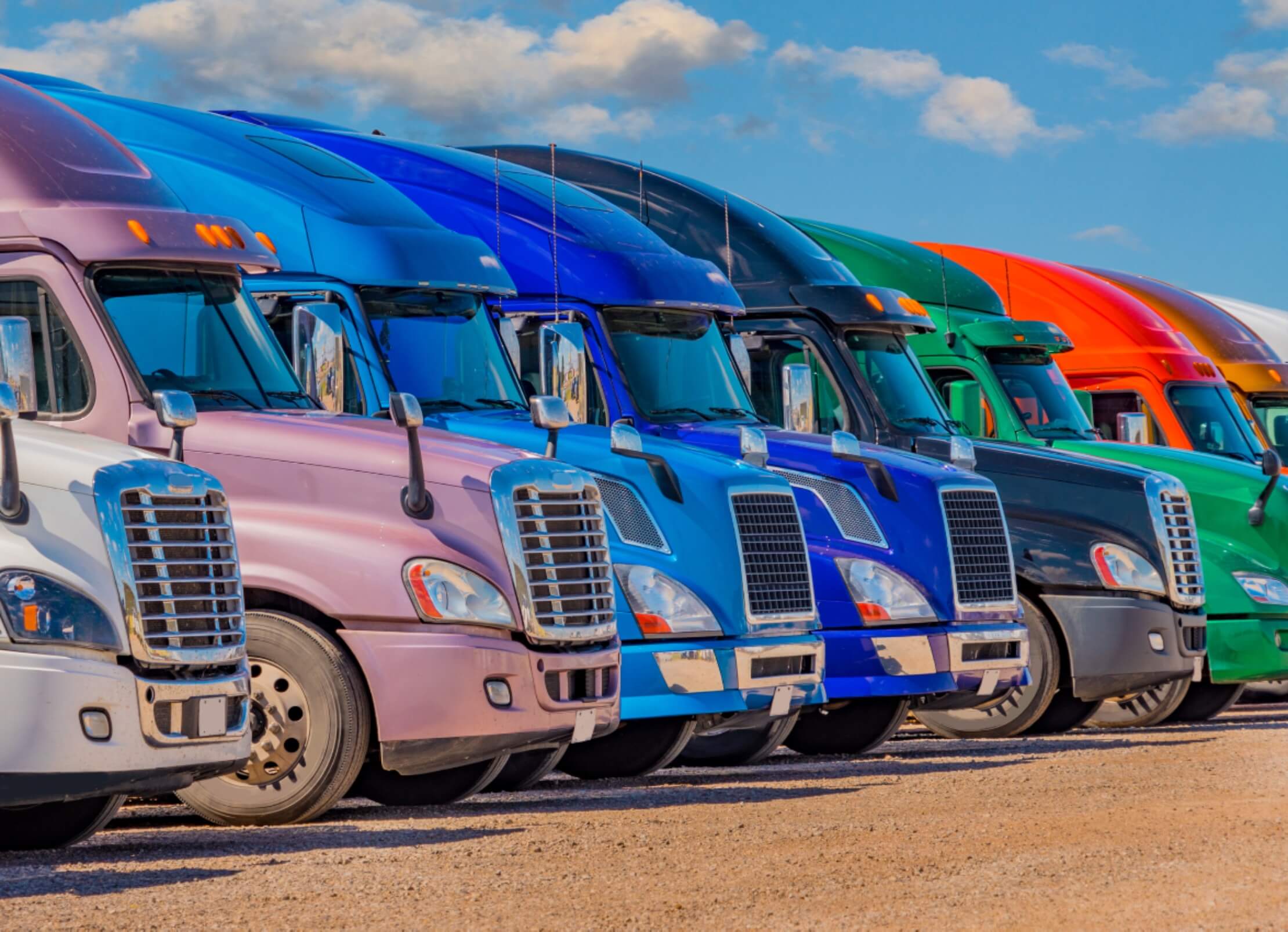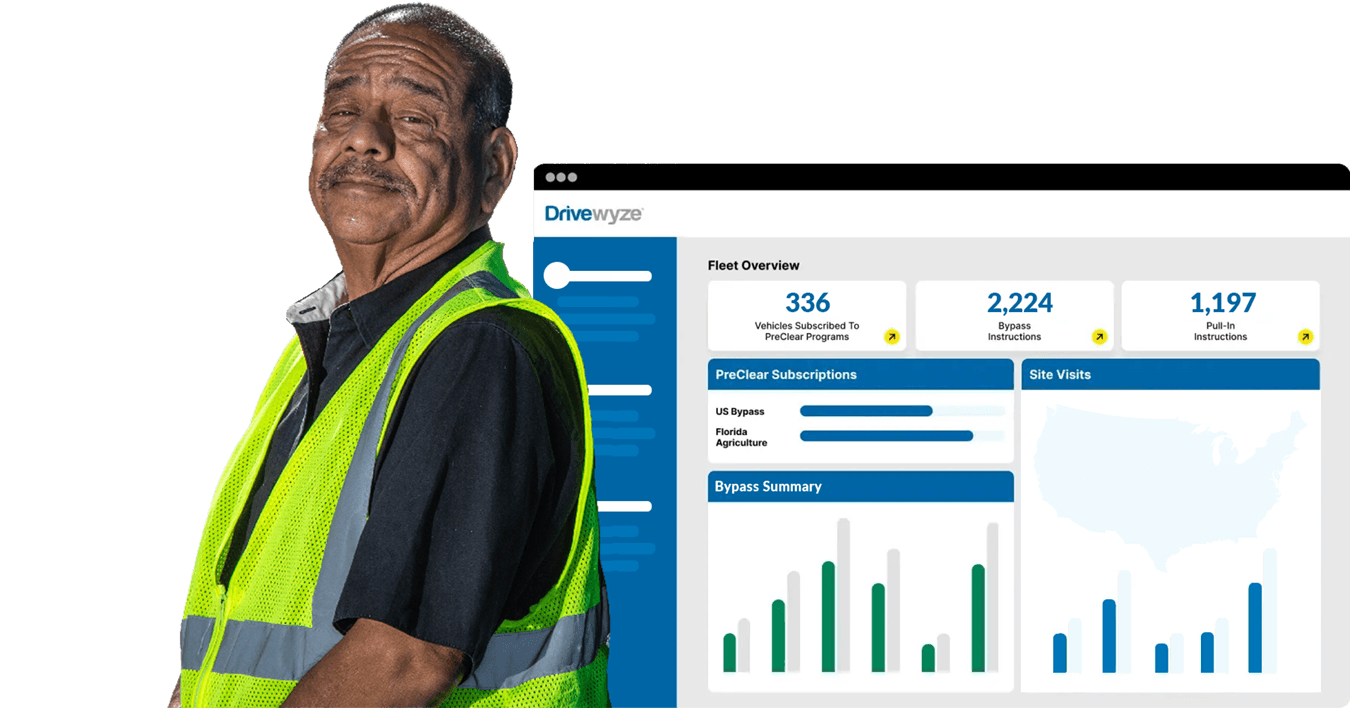If you’ve ever watched as other truck drivers sail by weigh stations instead of getting in line, and wondered what do they know that you don’t, the most likely answer is weigh station bypass. If you don’t know much about it, you’ve come to the right place to find out more. If you already do know about it, and want to provide others – perhaps a fellow driver or a fleet manager or owner, more information—then this would be a good place to recommend where they can learn more.
The first question drivers and fleets often ask is “is this legal.” The answer? Absolutely. And here’s why – when you (or your drivers) regularly conduct required vehicle inspections, fix maintenance issues found during those inspections, and keep clean hours of service logs, state commercial vehicle inspection officers really don’t want to examine your trucks or logs. With the exception of random inspections, which everyone must go through from time-to-time, these officers would much rather you stay on the mainline. This gives them more time to spend examining truck operators who genuinely deserve that additional attention.
That’s why commercial vehicle inspection divisions in states from Maine to Washington and Florida to New Mexico, and nearly everywhere in-between, offer weigh station bypass. Weigh station bypasses, in general, are delivered using one of two different types of technology. One technology, employed by PrePass, provides bypasses through the use of transponders and roadside transponder readers. The other technology, which Drivewyze uses, provides weigh station bypasses through smartphones and tablets as well as a variety of electronic logging devices offered by leading telematics providers using cellular technology.
Here are several important differences between transponder-based weigh station bypass and cellular network-based weigh station bypass:
- Drivewyze costs less than PrePass.
- Unlike transponder-based services like PrePass, which use open-radio protocols to read data stored on transponders, Drivewyze communications are secure and encrypted. Private fleet and driver data is never shared;
- PrePass employs a lengthy application process to determine carrier eligibility. Whereas Drivewyze, which is open to all carriers, screens trucks in real time as they approach active weigh stations;
- To identify the truck and carrier and determine whether the carrier meets the state’s screening criteria, Drivewyze directly accesses the same federal and state databases law enforcement and commercial vehicle inspection officers use. Only when the carrier meets that criteria does Drivewyze grant a bypass;
- PrePass relies on weeks-old data to determine eligibility while Drivewyze accesses only the latest information. As a consequence, carriers whose safety scores improve, may have to wait up to a month to see an increase in their number of bypasses when using a transponder-based bypass service. With Drivewyze, bypass rates can improve immediately;
- Transponder-based systems can offer a much lower identification accuracy rate because drivers must drive their trucks directly under the transponder readers to get accurate readings. With a higher likelihood of successfully transmitting a bypass request through the same cellular networks that deliver mobile calls and data, Drivewyze maintains a high accuracy rate in identification – over 99%;
- Since Drivewyze uses cellular technology, it has established geofences around more than 1,200 weigh stations and inspection sites across the United States. This allows Drivewyze to offer a Weigh Station Heads-Up service for real-time notifications at more than 1,200 weigh stations and inspection sites nationwide. PrePass doesn’t offer this service, which provides audio and visual alerts as drivers approach within two miles of weigh stations or inspection sites;
- By using geofencing technology, and not onboard transponders, Drivewyze delivers bypasses at more than 600 weigh stations and inspection sites in 39 states though smartphones, tablets and ELDs. That means more opportunities for bypasses than with any other bypass program using equipment most drivers and fleets already have;
- Drivewyze is the official technology partner for Alberta’s Partners in Compliance (PIC) program. This means that PIC members in good standing have bypass opportunities at 25 participating weigh stations and inspection sites in Alberta. PrePass doesn’t offer bypasses in Canada;
- The Drivewyze application is simple to use. It’s pre-loaded on popular in-cab telematics and ELD devices from Omnitracs, PeopleNet, Rand McNally and Zonar. The application is also available for Android and iOS-based tablets or smartphones;
- Fleets using those ELDs can turn on a free analytics weigh station loss reporting tool to help them determine how much Drivewyze can potentially save them before activating the subscription-based weigh station bypass service. There is no such analytics available with PrePass;
- For those small fleets and owner-operators looking for more affordable, less-tethered solutions to meet the ELD mandate, ELD providers offer options that use Android-based tablets or ELD apps that can be loaded onto existing smartphones or tablets. In some cases, the Drivewyze application can also be installed and activated on those devices. This article provides more details on how drivers and fleets can activate Drivewyze when using an untethered or bring-your-own-device solution to the ELD mandate.
- Drivewyze costs less than PrePass.

Ready to Get Started?
Learn how North America’s leading carriers use Drivewyze to save money and improve safety.


